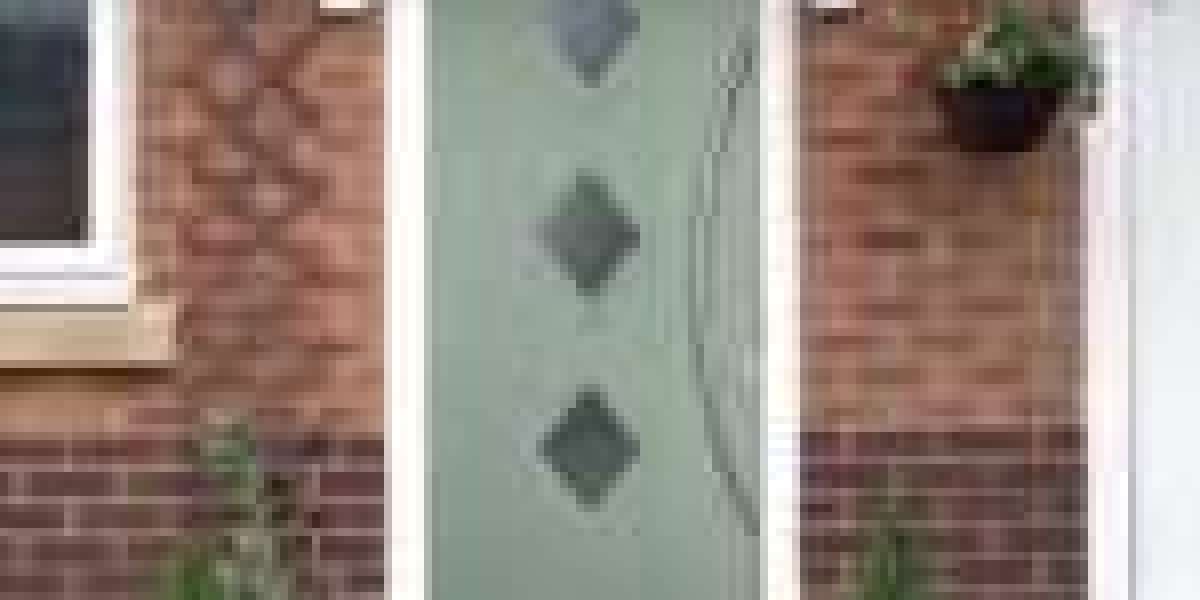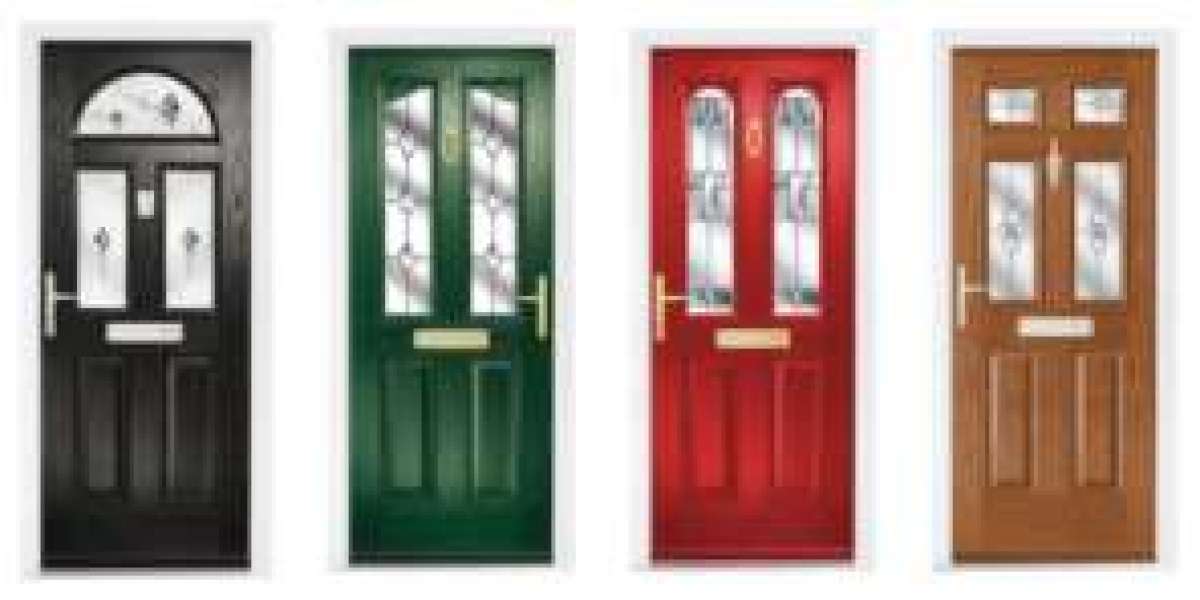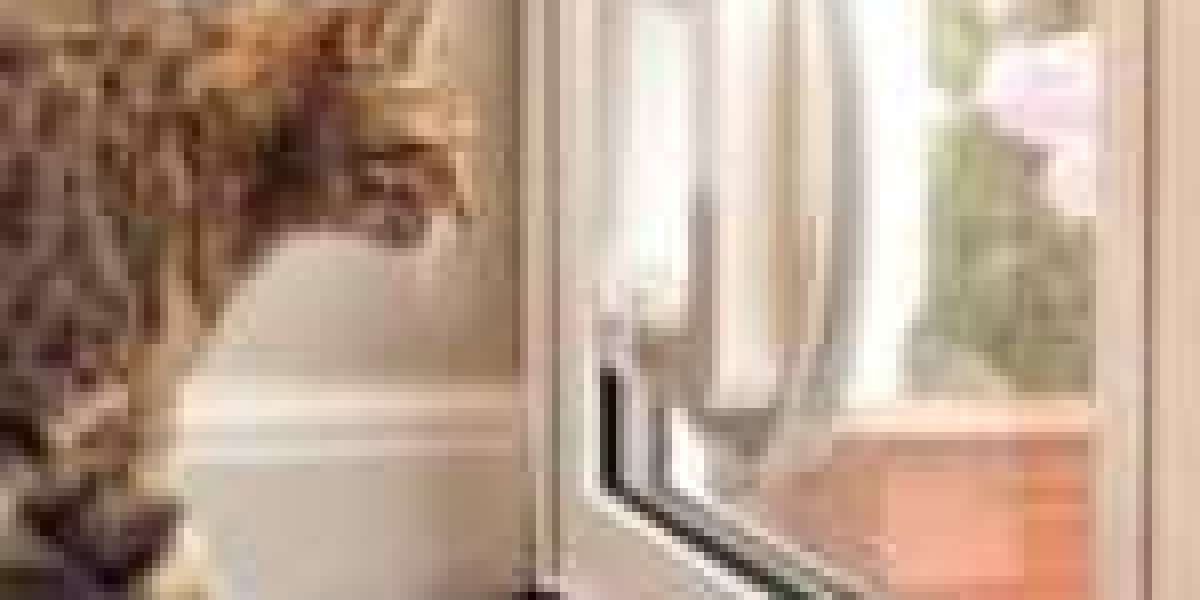
The Complete Guide to Broken Door Repair: A Step-by-Step Approach
Doors are an important part of any structure, offering security, privacy, and visual appeal. Nevertheless, they can deal with numerous difficulties, from wear and tear to unexpected damage. A broken door can pose a substantial hassle and, if not addressed without delay, might lead to more structural problems or security dangers. This informative short article will explore common types of composite door repair materials damage, the tools and methods needed for repairs, and pointers for successful restoration.

Typical Types of Door Damage
Understanding the nature of the damage is the primary step in resolving a broken composite door repair service. Here are some common types of door damage that house owners and residential or commercial property supervisors may come across:
Hinges and Hardware Issues
- Loose, rusted, or damaged hinges can cause doors to sag, making them challenging to open or close.
- Misaligned strike plates can prevent the lock from engaging.
Surface Damages
- Scratches, dents, or chips in the surface finish can mar the appearance of a door.
- Rot or water damage frequently happens on wood doors left exposed to wetness without appropriate sealing.
Frame Damage
- Damaged door frames can cause spaces and misalignment, which can jeopardize security.
- Termite damage can weaken structural stability, requiring repairs or replacements.
Lock and Latch Malfunctions
- Broken locks or locks can create security vulnerabilities.
- Damaged keys or malfunctioning door manages can restrain normal operation.
Tools and Materials Needed for Door Repair
A successful door repair task needs the right tools and products. Below is a list of important items that can help assist in the repair procedure:
Basic Tools
- Screwdrivers: Both flathead and Phillips for eliminating and tightening up screws.
- Hammer: For lining up hinges or driving in nails.
- Drill: For developing holes for screws or anchors.
- Chisel: Useful for adjusting door frames or lock cuts.
- Level: To guarantee correct alignment when re-installing the door.
Materials
- Wood Putty: For completing scratches or dents on a wooden door.
- Wood Glue: To repair broken wood joints.
- Sandpaper: Helps in smoothing surfaces before painting or completing.
- Paint or Stain: Used to bring back appearance after repairs.
- Replacement Hardware: Includes brand-new hinges, locks, or locks when repairs are necessary.
Actions to Repair a Broken Door
Fixing a door requires cautious assessment and systematic execution. Here is a detailed guide on how to repair different kinds of door damage:
1. Assess the Damage
Take an extensive look at the door to recognize areas that require repair. Determine whether the damage is cosmetic (scratches, surface damages) or structural (frame concerns, hardware damage).
2. Tighten or Replace Hardware
- Line up Hinges: If the door is drooping, inspect and tighten the hinges. Utilizing a level, change till the door hangs evenly.
- Change Hardware: If hinges or locks are rusted or damaged, remove and change them.
3. Repair Surface Damage
For minor scratches and damages:
- Use wood putty to complete deep scratches or holes.
- Permit the putty to dry, then sand it smooth with great sandpaper.
- Apply paint or stain to match the rest of the door.
4. Fix Door Frames
If the door frame is damaged:
- Use a chisel to get rid of rotten or damaged parts.
- Replace with brand-new wood, guaranteeing it is safely attached.
- Repaint or stain the frame to restore its look.
5. Address Lock or Latch Issues
For issues with locks or latches:
- Check for misalignment and tighten any screws.
- If locks are broken, remove them and replace with new locks, ensuring correct installation for security.
6. Evaluate the Door
After repairs, test the composite door lock repair to guarantee it opens, closes, and latches correctly. Change hinges or hardware as required.
Preventive Maintenance Tips
To reduce future door damage, think about the following preventive steps:
- Regular Inspections: Periodically inspect the hinges, locks, and frame for indications of wear.
- Weatherproofing: Seal doors to secure versus moisture, specifically if they are exterior doors.
- Appropriate Use: Educate all users about appropriate door dealing with to avoid excessive tension on hinges and locks.
FAQs about Broken Door Repairs
Q: How much does it typically cost to repair a broken door?A: The expense can differ substantially based on the type of damage. Small repairs might cost ₤ 50 to ₤ 100, while extensive repairs or replacements could range from ₤ 200 to ₤ 500 or more. Q: When must I think about changing a door rather of fixing it?A: If the composite door repair cost door repair warranty (click the next internet site) is considerably damaged (e.g., substantial rot, broken frame)or if it visible damage on the surface, or issues with locks and latches. In conclusion, repairing a broken door may seem daunting initially, but with the ideal knowledge, tools, and techniques, it can be a manageable job. By understanding the types of damage, following systematic repair actions, and taking preventive measures, homeowners can preserve their doors'functionality and aesthetic appeal for many years to come.
's triggering security issues, replacement may be more cost-effective and more secure in the long run. Q: Can I repair a broken door myself?A: Yes, many door repairs can be done by property owners with basic tools and some DIY understanding. Nevertheless, for significant damage or complex concerns
, hiring a professional may be recommended. Q: What are some typical indications that my door requires repair?A: Common indications consist of problem opening or closing, spaces between the door and the frame,








